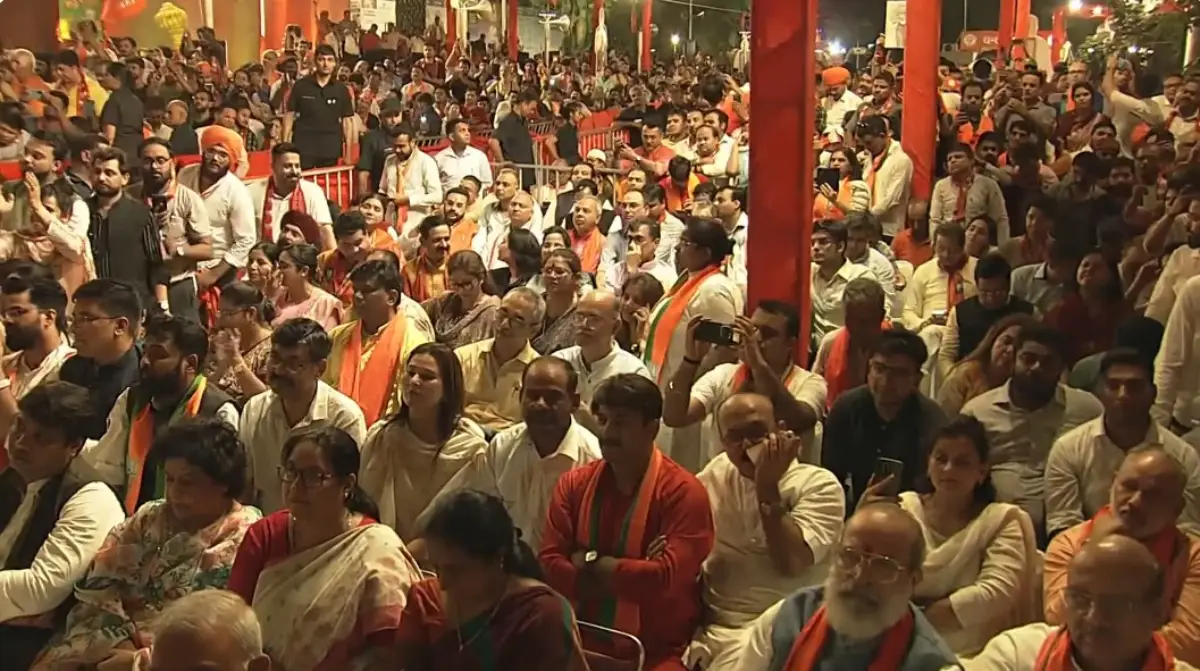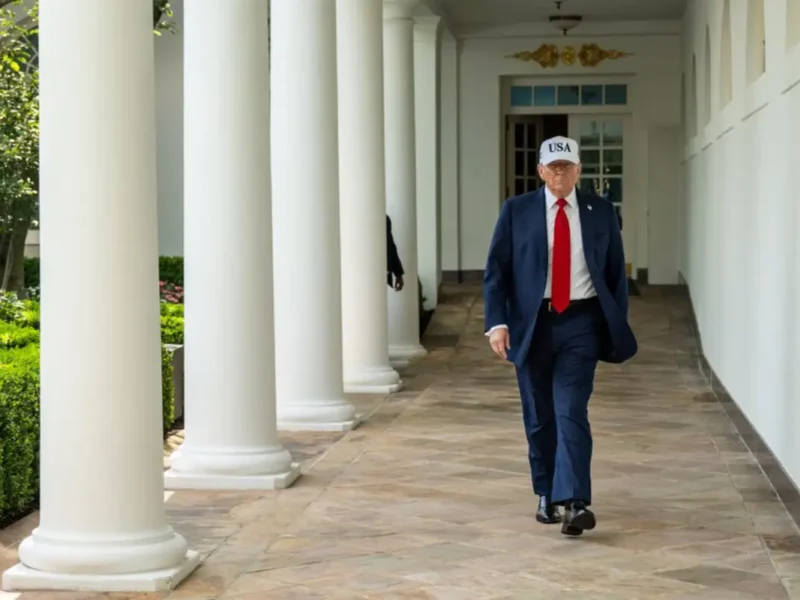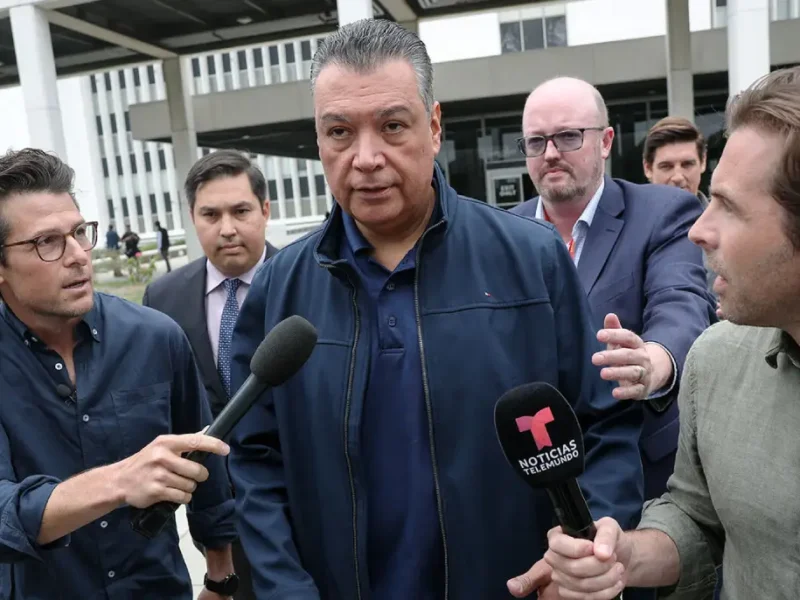Opinion: Why The BJP Lost Ground, What To Expect From Modi 3.0
Photo: @BJP4India
By Rishi Gupta, Assistant Director, Asia Society Policy Institute, New Delhi.
As the ruling Bhartiya Janta Party-led National Democratic Alliance (NDA) inches towards forming the government for the third consecutive time, here are some key observations:
* The BJP-led NDA was expected to outperform its last two results by winning 400 seats, this time out of 543 in the lower house of the parliament in the general elections; the BJP’s race seems to have concluded much lower than that.
* The BJP will need to ensure that its pre-poll coalition partners adhere to the party’s leadership and do not join the Congress-led I.N.D.I.A alliance to form a government because, as an NDA coalition, the BJP has the needed numbers to form the government.
* The opposition, including the I.N.D.I.A alliance has performed exceedingly well in the elections, and there are many reasons for this, including anti-incumbency in certain states, resistance to BJP’s ‘Hindutva’ ideology among minority groups, state-specific local issues, and unemployment.
* The BJP still has the best chance, but it will be a coalition government, which is often unstable and runs into conflicts of power and interests. Smaller parties demand bigger stakes in the government now and then.
* Although the BJP will form the government, it needs to do a lot of rethinking and introspection, especially regarding why its development politics did not convince the voters this time.
* As the clouds clear, it will be interesting to see whether the minority Muslim population voted for the BJP or not because the BJP’s ‘Hindutva’ ideology is often seen as conflicting with the Constitution’s secular nature.
Why the BJP lost:
– The assumption that the BJP was undefeatable under Prime Minister Narendra Modi, whose two terms have seen India’s economic rise, seems misplaced.
– In states like Uttar Pradesh and Maharashtra, which bring the largest share of the seat tally to any party, BJP has suffered huge losses.
– The regional parties have made a comeback in national politics, particularly in the states of Uttar Pradesh, Maharashtra, and West Bengal—all have gone to regional parties allying with the I.N.D.I.A alliance.
– The BJP continues to face challenges in winning significant support in the southern states of Tamil Nadu and Kerala due to the strong presence of regional
parties. The BJP’s ‘Hindutva’ philosophy, rooted in Hindu nationalism, encounters resistance in these states because the Southern states still stick to their historical and cultural roots of social justice and regional identity.
– The BJP was expecting the construction of the Ram Temple in Ayodhya—a disputed site between Hindus and Muslims for decades and finally won by Hindus in the apex court as their place of worship. It would help them earn the most Hindu votes. But Hindu votes have been largely divided.
Modi 3.0: Challenges and Prospects
– The BJP-led NDA government has promised to make India the third-largest economy by 2017, which will not be difficult, considering the current GDP growth rate of 8.5 percent. However, a coalition government always runs into trouble, especially when devising economic plans. The coalition’s compulsions will be a catalyst in the development sector.
– The BJP faces the challenge of addressing large-scale unemployment, which seems to have worked in the opposition’s favor as they focused on it in their election campaigns and manifesto. The BJP was seemingly in denial of the scale and status of unemployment in India.
– The BJP will need to introspect its reliance on Hindu voters, as this group is increasingly divided. While the construction of a temple in Ayodhya has been a significant issue, it may not be sufficient to secure their votes. Economic concerns, social issues, and regional dynamics are also crucial factors that the BJP must address to maintain broad support among Hindu voters.
Foreign policy in the next five years
-In his third term, Modi’s foreign policy goals will focus on securing India’s permanent membership in the UN Security Council, forming strategic alliances, effectively addressing the China challenge, revitalizing ties with neighboring countries, and playing a pivotal role in world politics.
– Modi 3.0 may usher in comprehensive economic reforms aligned with the aspirations of Viksit Bharat (Developed India) by 2047. These reforms will likely include market reforms, a push for free trade agreements, an emphasis on digital infrastructure and energy transition, and building economic resilience to absorb global financial shocks.
– The China challenge remains substantial, with the PLA continuing to claim Indian territories. The BJP will focus on upgrading India’s defense capabilities and enhancing infrastructure along the India-China border.
– Ties with the United States have strengthened under Modi’s leadership. India finds a welcoming space in the United States. Following recent cooperation in the trade and tech sectors, bilateral cooperation is expected to grow further.
– Modi will continue to maintain traditional ties with Russia despite the growing bond between Moscow and Beijing and mounting pressure over the Ukraine issue.
– India has developed a thick skin on the Ukraine issue. While advocating for a peaceful resolution of the war, it also focuses on its national interests, including buying oil and defense equipment.
– India will seek a leadership role in the Global South and present itself as a strong voice for Global South countries. The G20 Summit in Delhi in 2023 provided momentum for Indian foreign policy, which Modi 3.0 will certainly aim to continue.






Partha Sircar
/
I see in this area wakening of the sense of true democracy among the electorate. It wasan ethosinitially sprouted and nourished by Pandit Nehru and has shown itself time and againover theyears. It showed that the Ayodhya gimmick wasnot sufficient even in UP, though the grand temple there is something for us to savor. People like monuments.
June 4, 2024